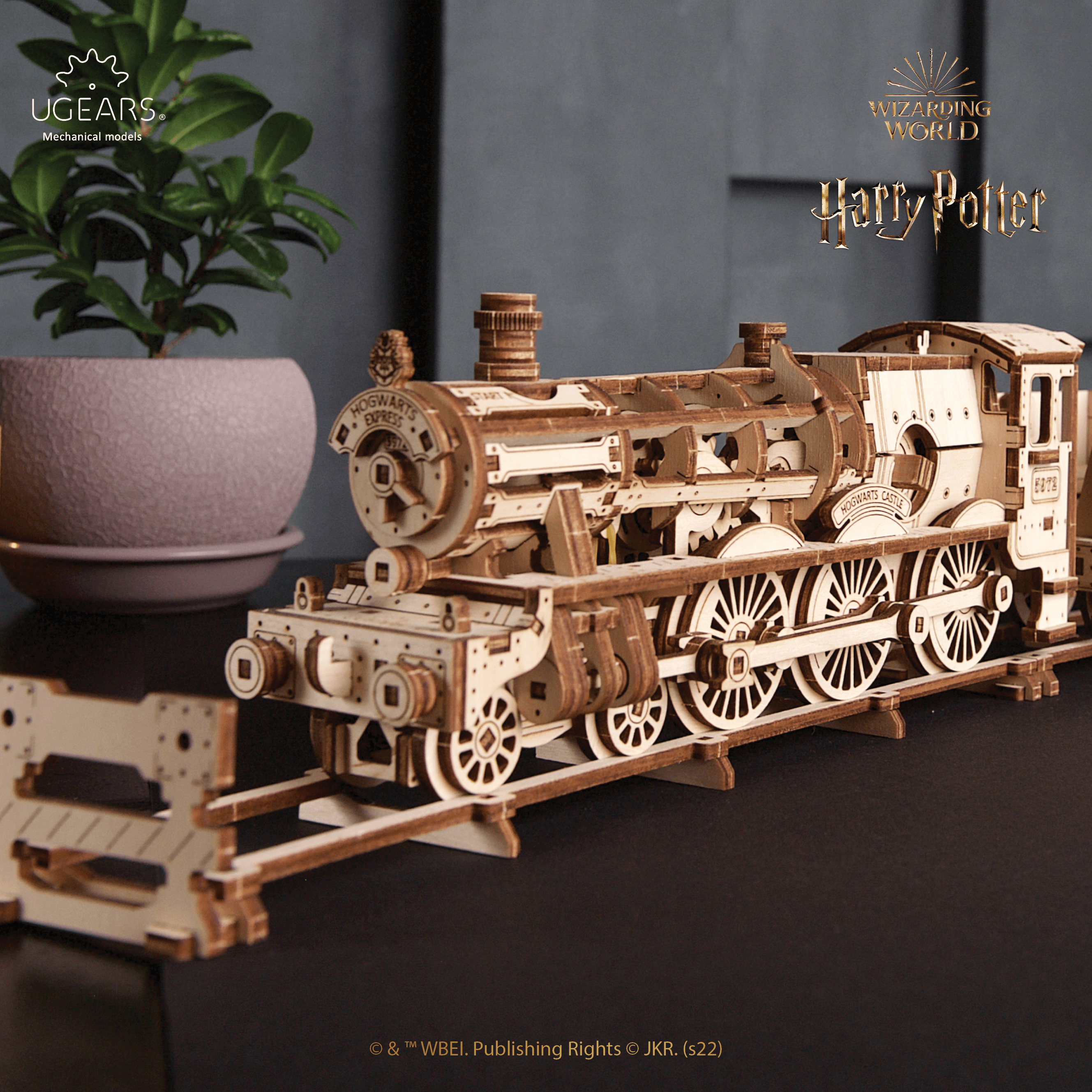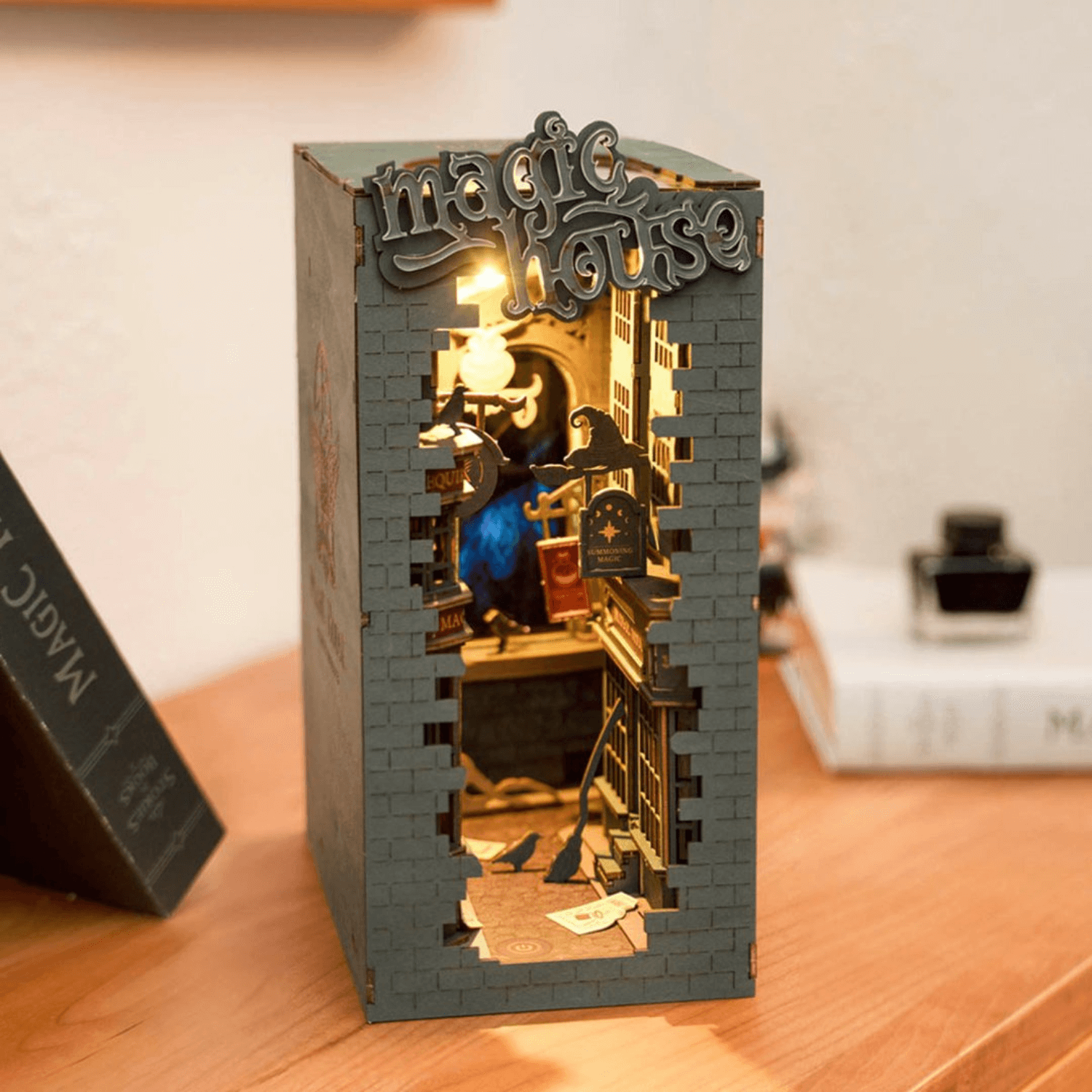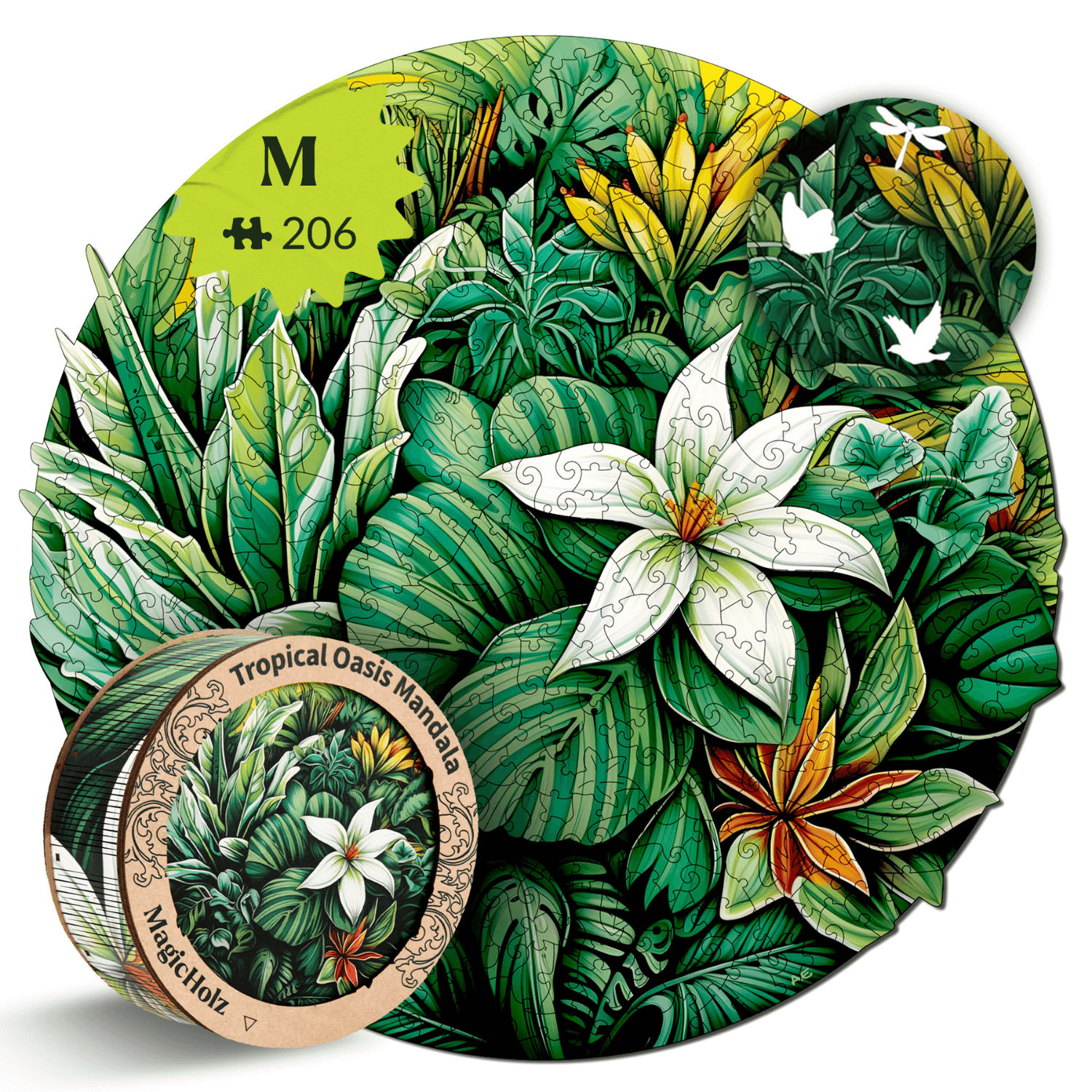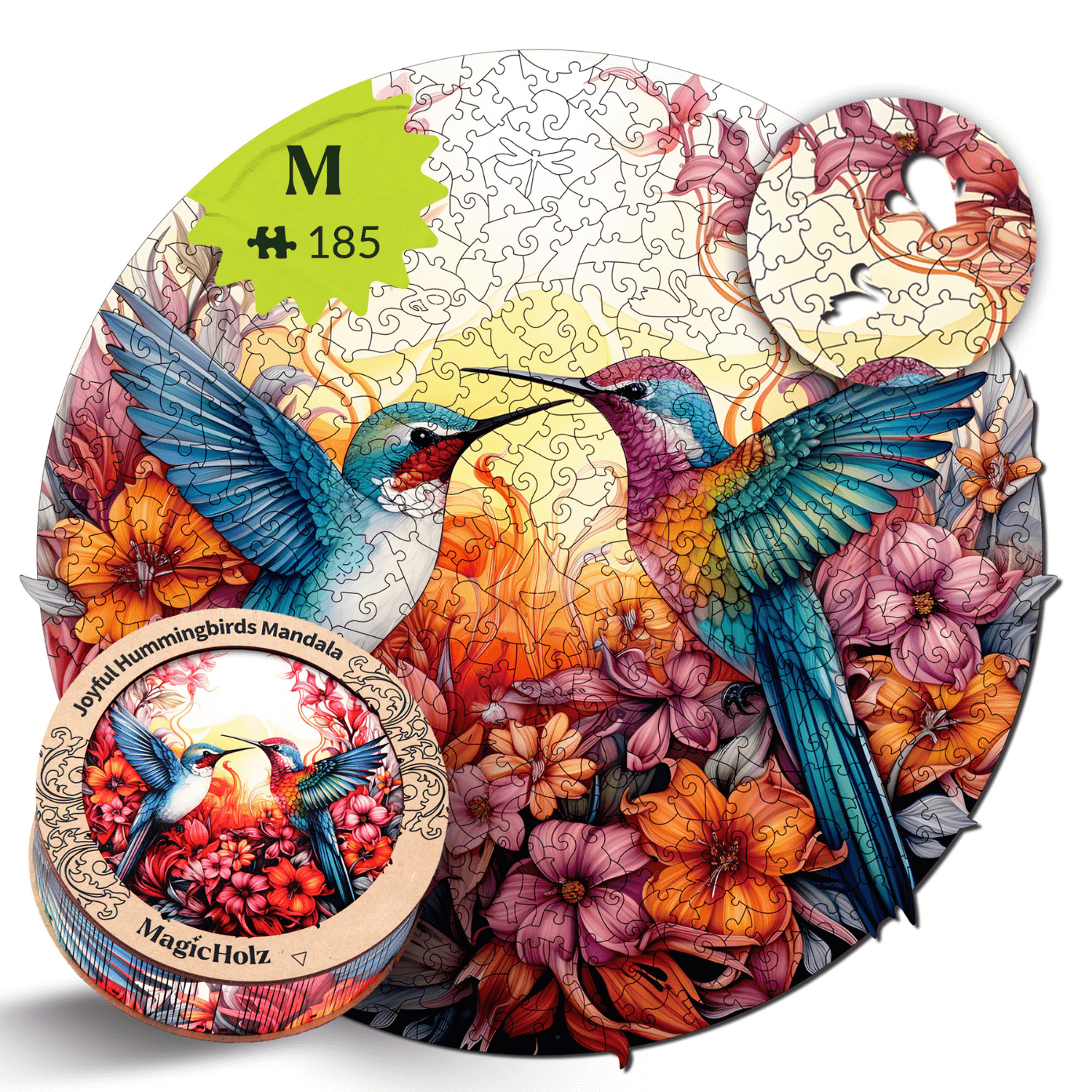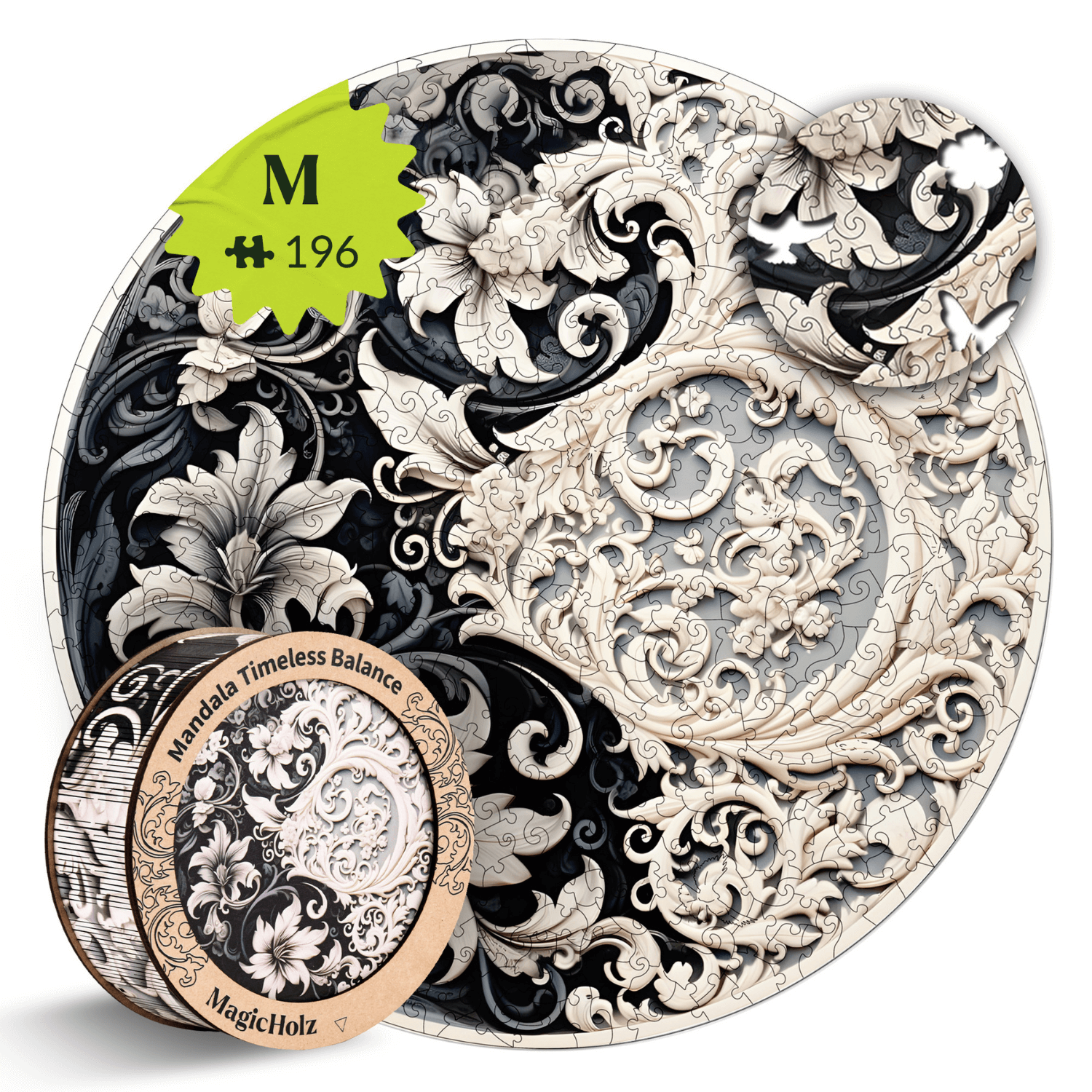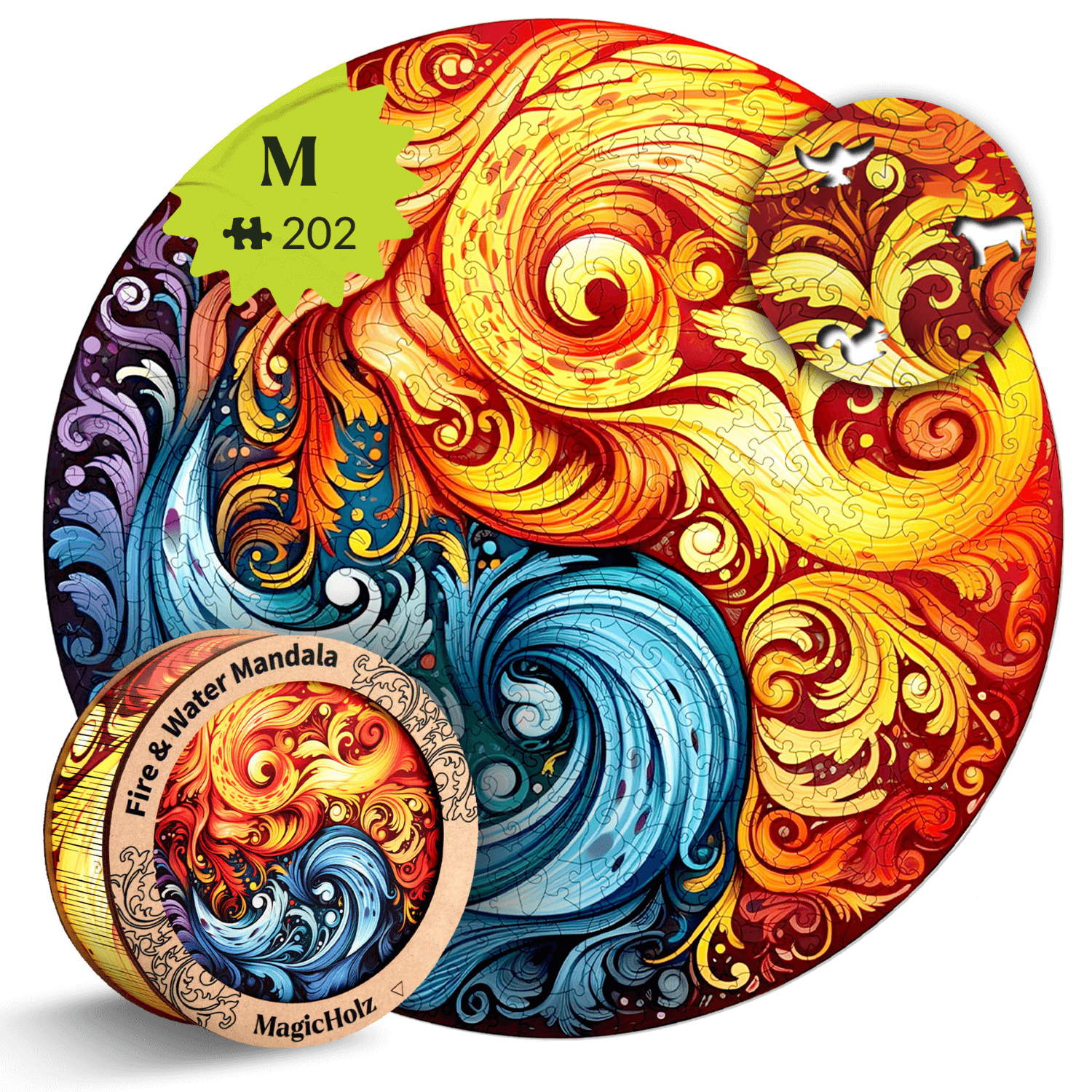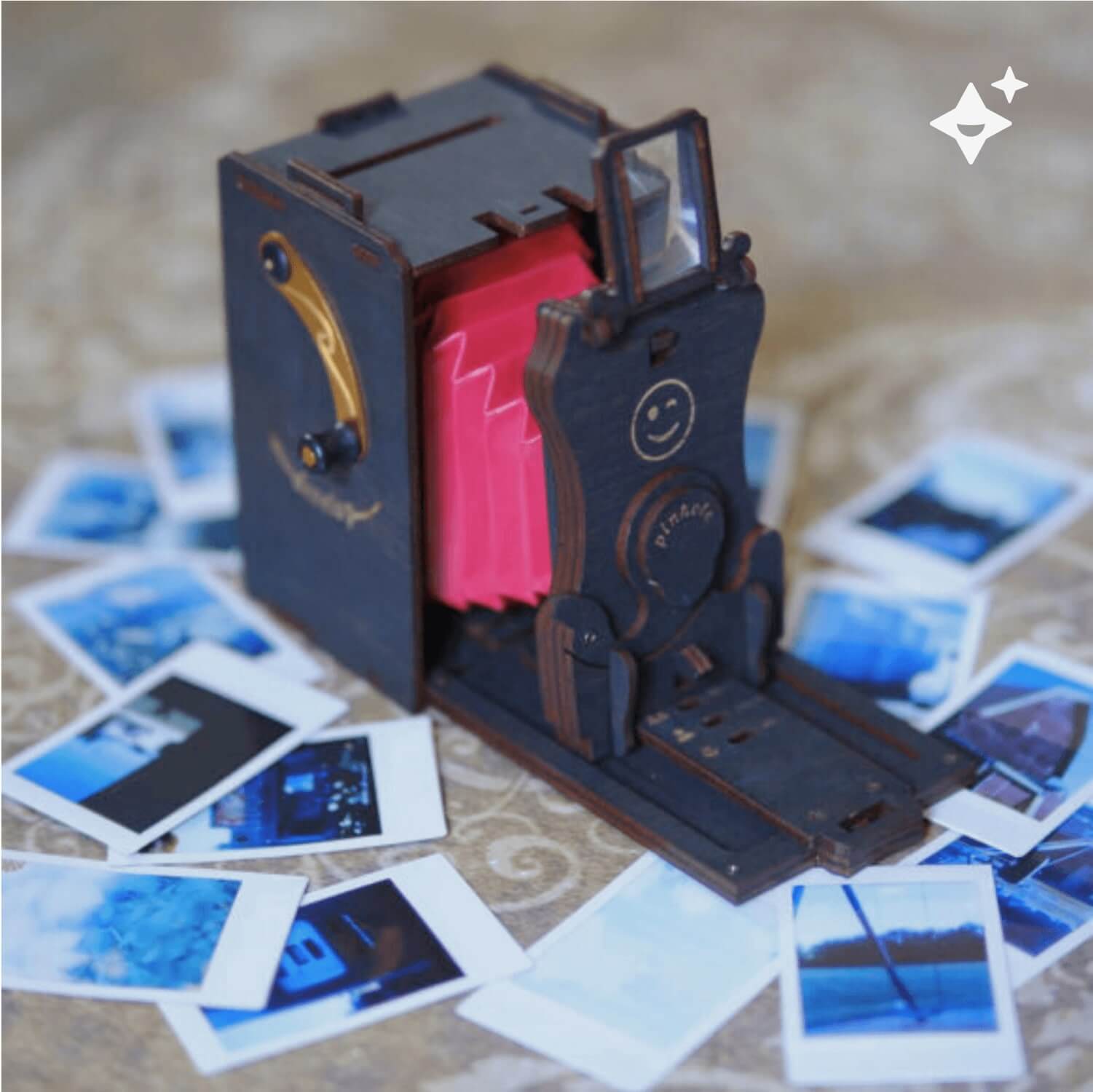Wooden music boxes
Filter
Filter
Compare products
Compare products
Information
Only two products can be compared at any one time. Furthermore, these can only be compared with products in the same category.
199 parts
2-5 h set-up time
223 parts
2-5 h set-up time
101 parts
2-5 h set-up time
232 parts
2-5 h set-up time
199 parts
2-5 h set-up time
384 parts
2-5 h set-up time
184 parts
5-9 h set-up time
New challenge?
Your creative break from everyday life
439 parts
5-9 h set-up time
963 parts
5-9 h set-up time
508 parts
5-9 h set-up time
2 colors available
254 parts
5-9 h set-up time
269 parts
2-5 h set-up time
233 parts
5-9 h set-up time
306 parts
2-5 h set-up time
239 parts
5-9 h set-up time
504 parts
5-9 h set-up time
268 parts
5-9 h set-up time
346 parts
2-5 h set-up time
325 parts
5-9 h set-up time
600 parts
5-9 h set-up time
424 parts
5-9 h set-up time
184 parts
5-9 h set-up time
278 parts
2-5 h set-up time
308 parts
2-5 h set-up time
562 parts
2-5 h set-up time
280 parts
5-9 h set-up time
319 parts
5-9 h set-up time
101 parts
2-5 h set-up time
424 parts
10+ h set-up time
482 parts
10+ h set-up time
478 parts
2-5 h set-up time
199 parts
2-5 h set-up time
384 parts
2-5 h set-up time
350 parts
5-9 h set-up time
283 parts
2-5 h set-up time
204 parts
5-9 h set-up time
184 parts
5-9 h set-up time
340 parts
5-9 h set-up time
246 parts
5-9 h set-up time
258 parts
5-9 h set-up time
216 parts
5-9 h set-up time
176 parts
5-9 h set-up time
194 parts
5-9 h set-up time
240 parts
5-9 h set-up time
110 parts
5-9 h set-up time
586 parts
5-9 h set-up time
223 parts
5-9 h set-up time
289 parts
5-9 h set-up time
206 parts
5-9 h set-up time
308 parts
2-5 h set-up time
243 parts
5-9 h set-up time
396 parts
5-9 h set-up time
344 parts
5-9 h set-up time
300 parts
2-5 h set-up time
107 parts
0-2 h set-up time
156 parts
2-5 h set-up time
280 parts
10+ h set-up time
338 parts
10+ h set-up time
249 parts
2-5 h set-up time
148 parts
2-5 h set-up time
185 parts
2-5 h set-up time
313 parts
2-5 h set-up time
246 parts
2-5 h set-up time
74 parts
2-5 h set-up time
218 parts
2-5 h set-up time
233 parts
2-5 h set-up time
200 parts
2-5 h set-up time
200 parts
2-5 h set-up time
186 parts
2-5 h set-up time
106 parts
2-5 h set-up time
2-5 h set-up time
200 parts
2-5 h set-up time
2-5 h set-up time
50 parts
0-2 h set-up time
200 parts
2-5 h set-up time
200 parts
2-5 h set-up time
200 parts
2-5 h set-up time
200 parts
2-5 h set-up time
200 parts
2-5 h set-up time
200 parts
2-5 h set-up time
24 parts
0-2 h set-up time
24 parts
0-2 h set-up time
50 parts
0-2 h set-up time
50 parts
0-2 h set-up time
188 parts
2-5 h set-up time
178 parts
2-5 h set-up time
206 parts
2-5 h set-up time
340 parts
2-5 h set-up time
50 parts
0-2 h set-up time
No assembly assembly time
50 parts
0-2 h set-up time
160 parts
2-5 h set-up time
160 parts
2-5 h set-up time
127 parts
0-2 h set-up time
5 colors available
1000 parts
10+ h set-up time
501 parts
2-5 h set-up time
393 parts
2-5 h set-up time
12 parts
No assembly assembly time
315 parts
5-9 h set-up time
455 parts
5-9 h set-up time
1235 parts
10+ h set-up time
449 parts
10+ h set-up time
310 parts
2-5 h set-up time
1000 parts
10+ h set-up time
250 parts
5-9 h set-up time
1000 parts
10+ h set-up time
1000 parts
10+ h set-up time
155 parts
2-5 h set-up time
545 parts
2-5 h set-up time
2013 Parts
10+ h set-up time
320 parts
0-2 h set-up time
170 parts
5-9 h set-up time
344 parts
5-9 h set-up time
396 parts
5-9 h set-up time
65 parts
2-5 h set-up time
180 parts
0-2 h set-up time
100 days right of return
Don't like it? Return it within 100 days.
Free shipping from 35€
Within Germany and Austria.
Personal service
We leave no questions unanswered. Via chat, e-mail or telephone.
Purchase on account
Risk-free & convenient payment on account after 30 days.
The magic of mechanics
Wooden music boxes are not only impressive works of art, but also witnesses to a rich historical and technical evolution that still fascinates us today.
The music box, once a symbol of innovation, is the result of centuries of development in precision mechanics and acoustics. Originally introduced in the 18th century as a cylinder music box, it represents an era in which craftsmanship and technology merged in a unique way. Antoine Favre is credited with the invention of the first music box, which fascinated with its finely tuned mechanism of reed comb and spiked wheel.
At the heart of a music box is the tone comb - a series of finely tuned metal tongues that are precisely cut at different lengths to produce different tones. These tongues react to the bumps on a rotating cylinder or punched plate, creating the characteristic melody of a music box. Every movement, every note is the result of a harmonious interaction between cylinder and comb, bringing a melody to life.
The development of the plate music box in the late 19th century, an innovation by the Leipzig musician Paul Lohmann, marked a turning point in the history of these instruments. The introduction of interchangeable, perforated metal plates made the music box more versatile and accessible. This technology allowed for a wider range of melodies and made the music box a popular entertainment medium.
Variety of designs: exclusive models
Discover the fascinating world of our wooden music boxes at MagicHolzeach a masterpiece in its own right, telling stories and enchanting the senses. Let's take a closer look at a few of these unique models together:
- Little Galaxy: The "Little Galaxy" is a miniature universe that invites you to discover the wonders of the cosmos. It spins to a tune that reflects the infinite vastness and beauty of outer space. With carefully designed planets orbiting around the sun, this music box offers an extraordinary experience that stimulates the imagination and takes the viewer on a musical journey through the galaxy.
- Mechanicalmusicbox -Ferriswheel: The nostalgic "Mechanical music box - Ferris wheel" brings the magic and joy of a funfair into your home. This music box combines artistic craftsmanship with the cheerful melody of a carnival, with the detailed ferris wheel spinning in time to the music. It is a tribute to the joy of childhood and the simplicity of days gone by.
- Magic Cello with Music: The "Magic Cello with Music" is a symphony in wood, an instrument that impresses not only with its attention to detail, but also with its melodic beauty. The gentle sounds it produces are an ode to the depth and richness of music, an invitation to indulge in a moment of peace and reflection.
- Romantic Carousel: Experience a journey back to times of carefree joy with the "Romantic Carousel". This music box captures the magic and wonder of a carousel ride, with characters spinning to a heart-warming melody. It is a piece full of charm and magic that evokes nostalgic memories and stimulates the imagination.
- Victorian lantern: The "Victorian lantern" is an elegant homage to bygone eras, creating an atmosphere of warmth and romance with its soft light and delicate melody. This music box is not only an eye-catcher, but also a musical gem that enriches any room with its history and charm.
Craftsmanship and quality
Wood as a material for music boxes not only offers excellent acoustic quality, but also brings with it a special aesthetic beauty. Each piece of wood has its own story, which is told through the annual rings and the individual grain. These natural characteristics of wood are skillfully used by artisans to create music boxes that are both visually appealing and musically touching.
The craftsmanship that goes into making these music boxes is a process that
- Precision,
- Patience
- and a deep passion for the craft.
Each piece is carefully crafted, with artisans using traditional techniques to achieve the fine details and rich sound quality that characterize these music boxes. It is this combination of craftsmanship and artistic vision that makes each wooden music box unique.
In addition, many of these music boxes are inspired by the rich cultural tradition of the Erzgebirge, a region known for its exquisite folk art. The music boxes produced there are characterized by detailed depictions and intricate carvings, often depicting scenes from nature, rural life or festive motifs. These pieces are not only beautiful works of art, but also bearers of cultural history and tradition that is passed down from generation to generation.
Perfect gift
Wooden music boxes from MagicHolz are an expression of elegance, tradition and craftsmanship, making them a perfect gift for any occasion. At MagicHolz , these qualities are paramount, with each music box carefully crafted from select woods known not only for their beauty, but also for their durability and sustainability. These music boxes are not only musical works of art, but also a piece of living tradition that symbolizes the connection between past and present.
The advantages of wooden music boxes lie in their versatility and the natural aesthetics of the material. Wood improves the indoor climate through its natural properties, acting as a natural air filter and regulating humidity. This contributes to a cozy atmosphere, which is ideal when the music box is playing soft melodies. In addition, wooden music boxes are durable treasures that can be passed down from generation to generation due to their robust construction and timeless design.
MagicHolz utilizes these positive qualities of wood and combines them with exquisite craftsmanship to create unique music boxes that are both visually appealing and acoustically impressive. Each music box is unique, enhancing the natural beauty of the wood and complemented by fine details and high-quality musical elements. Whether as a gift for a special someone or as a complementary element for your own home, a wooden music box from MagicHolz offers a combination of artistic beauty, quality music and the warmth of handcrafted wood.
Sustainability and responsibility
At MagicHolz , we attach great importance to sustainability and the conscious selection of the materials we use for our exquisite wooden music boxes. Our commitment to the environment is reflected in every music box we carefully craft. We use wood from sustainable forestry to ensure that our products are not only beautiful but also environmentally friendly.
The use of certified wood is a core aspect of our efforts to use our planet's resources responsibly. Organizations such as the Forest Stewardship Council (FSC) and the Programme for the Endorsement of Forest Certification (PEFC) ensure that the wood we use comes from forests that are managed sustainably. These certifications guarantee that the wood is produced in accordance with ecological, social and economic criteria, which includes the protection of biodiversity, the preservation of natural habitats and the promotion of local communities.
Our decision to use sustainable wood helps to minimize the environmental impact and ensure that forests are preserved for future generations. We are proud that when you buy a MagicHolz, you are not only receiving a piece of craftsmanship, but you are also part of a movement that values sustainability and the protection of our planet.
At MagicHolz , we understand that the beauty of a product lies not only in its design, but also in the story it tells - a story of respect for nature and a commitment to a more sustainable future.
Conclusion
At MagicHolz , we understand that every music box is more than just an object - it is a work of art that combines the beauty of nature, the elegance of design and the joy of music. Our wooden music boxes are a tribute to traditional craftsmanship, sustainability and a deep connection with nature. By using wood from sustainable forestry, we guarantee that each piece is not only aesthetically pleasing, but also makes a positive contribution to environmental protection.
Our selection of music boxes reflects our commitment to quality, sustainability and customer satisfaction. They are not only a source of calm and well-being, but also a sign that beauty and responsibility can go hand in hand. By promoting and implementing sustainable practices, we are helping to shape a better future for our planet while offering products that bring joy, beauty and inspiration to your life.

























































